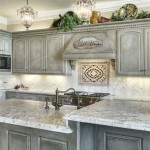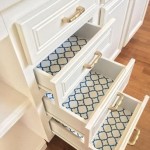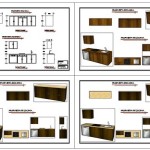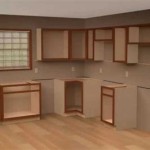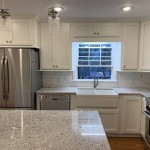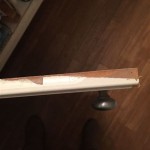The Essential Guide to Understanding Average Kitchen Cupboard Width
When designing or renovating your kitchen, understanding the average kitchen cupboard width is crucial to ensure efficient storage and a cohesive overall look. Kitchen cupboards come in a range of widths to accommodate different cabinet sizes and types, and selecting the right dimensions is essential for optimal functionality and aesthetics.
Standard Base Cabinet Widths
Base cabinets are typically where heavy pots, pans, and appliances are stored. Their widths vary depending on the manufacturer and the intended use:
- 12 inches: Narrowest base cabinets, suitable for small kitchens or under sinks.
- 15 inches: Common width for base cabinets used for storing utensils, spices, or small appliances.
- 18 inches: Ideal for storing large pots, pans, or dishes.
- 21 inches: Wide base cabinets often used for storing bulky items like mixers or food processors.
- 24 inches: Typically used as corner cabinets or for appliances like dishwashers.
Wall Cabinet Widths
Wall cabinets are mounted on the walls above base cabinets and are used for storing lighter items like glassware, dishes, or canned goods:
- 12 inches: Narrowest wall cabinets, often used for spice racks or small decorative items.
- 15 inches: Common width for wall cabinets, suitable for storing glasses, mugs, or plates.
- 18 inches: Wider wall cabinets, ideal for storing larger dishes or cookware.
- 21 inches: Wide wall cabinets typically used for storing bulky items like mixers or coffee makers.
- 24 inches: Typically used as corner cabinets or for appliances like microwaves.
Corner Cabinet Widths
Corner cabinets are designed to maximize space in corners:
- 30 inches: Typical width for corner base cabinets.
- 36 inches: Typical width for corner wall cabinets.
Factors to Consider When Choosing Cupboard Widths
When selecting kitchen cupboard widths, consider the following factors:
- Available space: Measure the available space in your kitchen to determine the maximum possible cupboard widths.
- Purpose: Determine the intended use of the cupboards to choose appropriate widths for different items.
- Kitchen layout: Consider the overall layout of your kitchen to ensure cupboards fit seamlessly and allow for easy access.
- Aesthetic preferences: Decide on the desired look and feel of your kitchen to select cupboard widths that complement the overall design.
Conclusion
Understanding average kitchen cupboard widths is crucial for optimizing storage, maximizing functionality, and creating a cohesive kitchen design. By carefully considering the standard dimensions, factors to consider, and your specific needs, you can choose the perfect cupboard widths to meet your kitchen's unique requirements.

N Standard Kitchen Dimensions Renomart

N Standard Kitchen Dimensions Renomart

Kitchen Unit Sizes Cabinets Measurements Height Cabinet

Cabinet Sizes Blok Designs Ltd
Guide To Kitchen Cabinet Sizes And Dimensions

3 Types Of Kitchen Cabinets Size Dimensions Guide Guilin

Your Kitchen Renovation Measured For Perfection Rona

Kitchen Wall Cabinet Size Chart Builders Surplus Cabinets Sizes Dimensions

Kitchen Cabinet Sizes What Are Standard Dimensions Of Cabinets

Kitchen Unit Door Combinations
Related Posts

